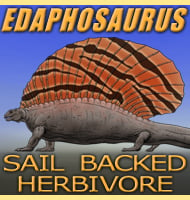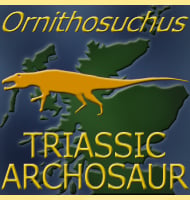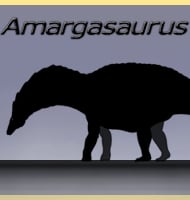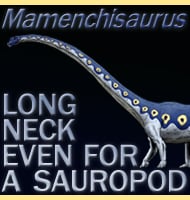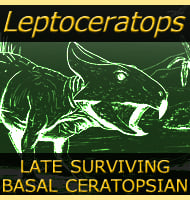In Depth
Like many other prehistoric whales of its type Brygmophyseter had teeth in both the upper and lower jaws. As a mid-sized whale, Brygmophyseter would have probably been a generalist hunter tackling a variety of different prey types including fish, squid, and probably other whales. Not much is known about the hunting behaviour, but if Brygmophyseter possessed a developed spermaceti organ like existing sperm whales do, then it may have been able to use echolocation to find prey. It has also been suggested to swim in pods like other whales do, but this is purely conjecture based upon existing whale behaviour that has been documented and observed.
Although a predator itself, Brygmophyseter has been depicted as a prey item for the gigantic shark C. megalodon. This is a plausible scenario as not only did the two predators swim the oceans at the same time, C. megalodon had a cosmopolitan distribution as evidenced by C. megalodon fossils found all over the world. On top of this large C. megalodon appear to have been specialists at hunting and killing whales like Brygmophyseter.
Further Reading
– Fossil sperm whales (Cetacea, Physeteridae) from Gunma and Ibaraki prefectures, Japan; with observations on the Miocene fossil sperm whale Scaldicetus shigensis Hirota and Barnes, 1995. – Bulletin of the Gunma Museum of Natural History 10:1-23 – T. Kimura, Y. Hasegawa & L. G. Barnes – 2006.





